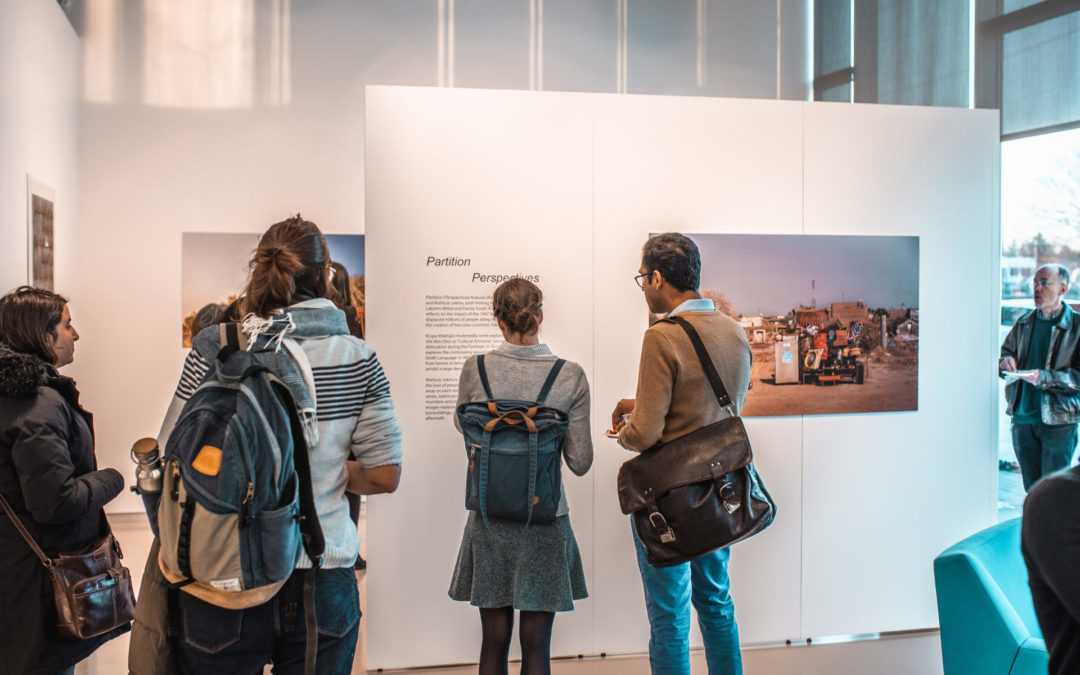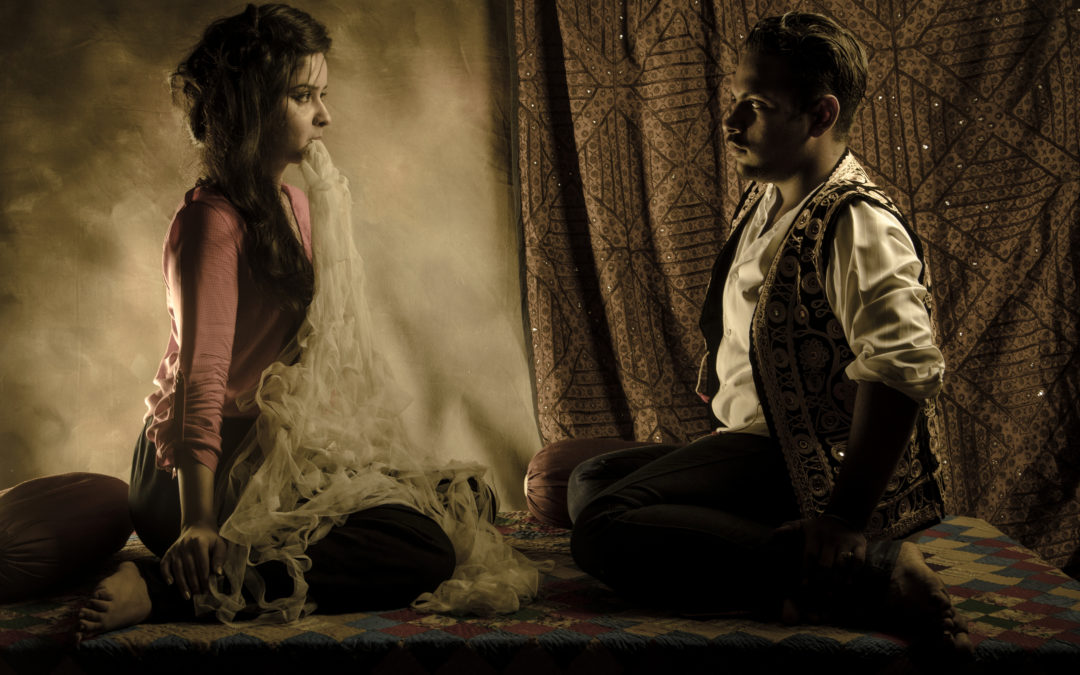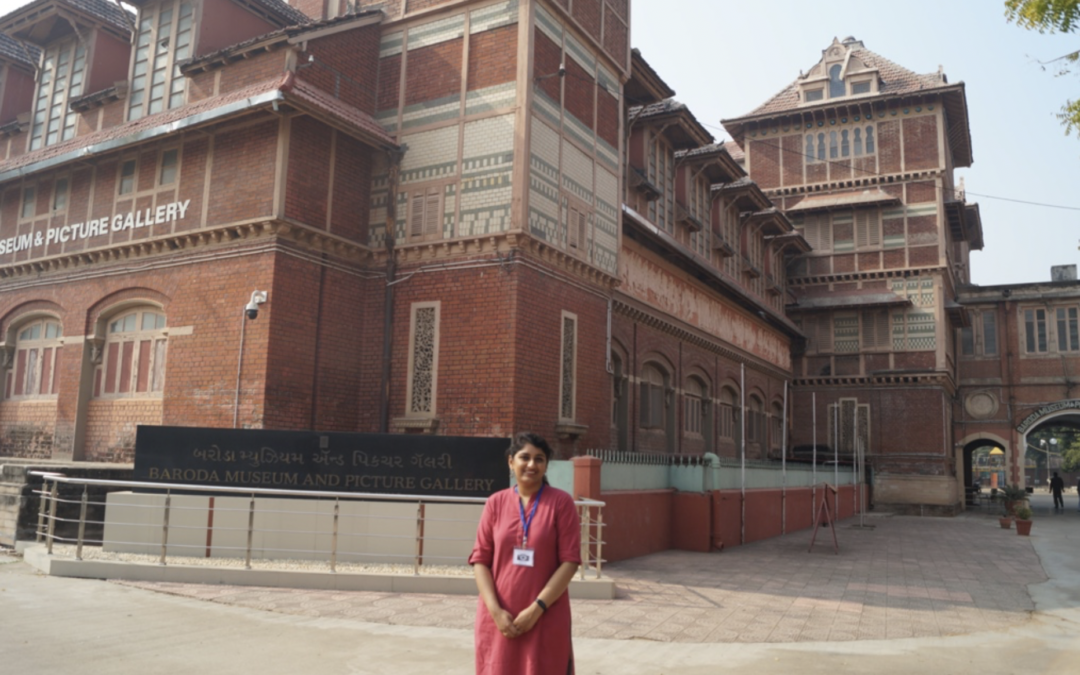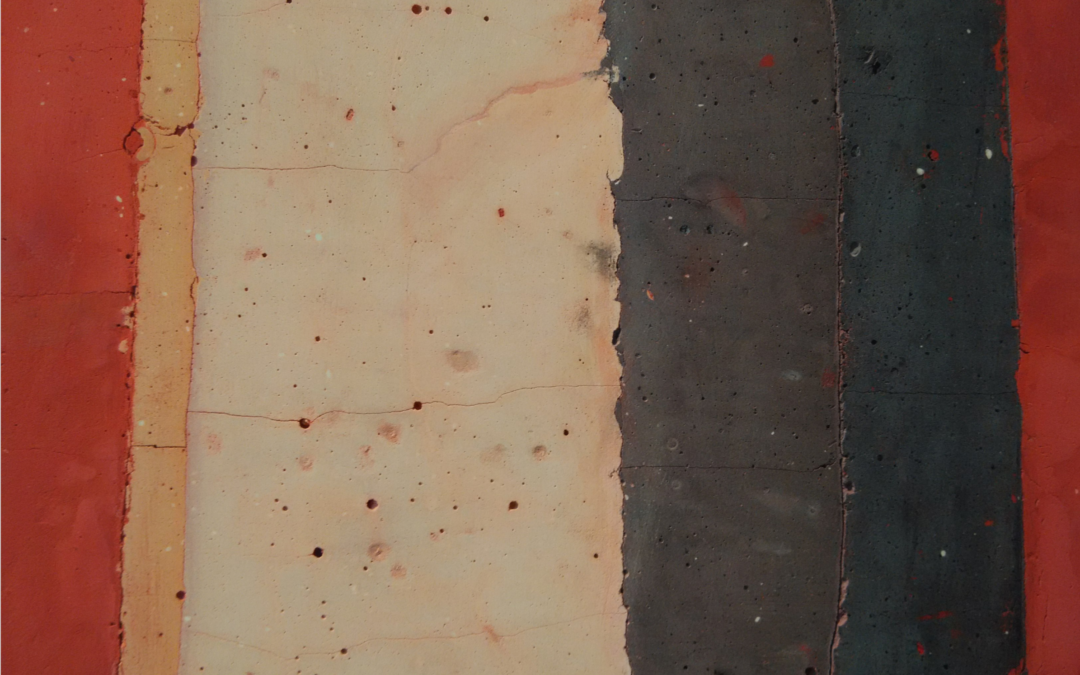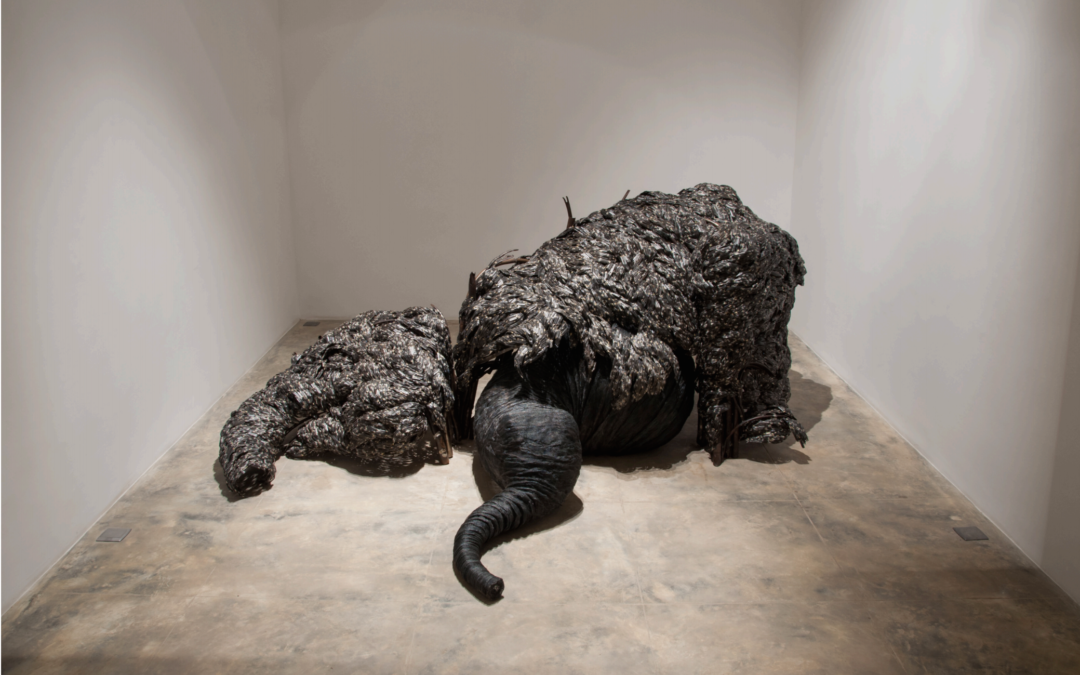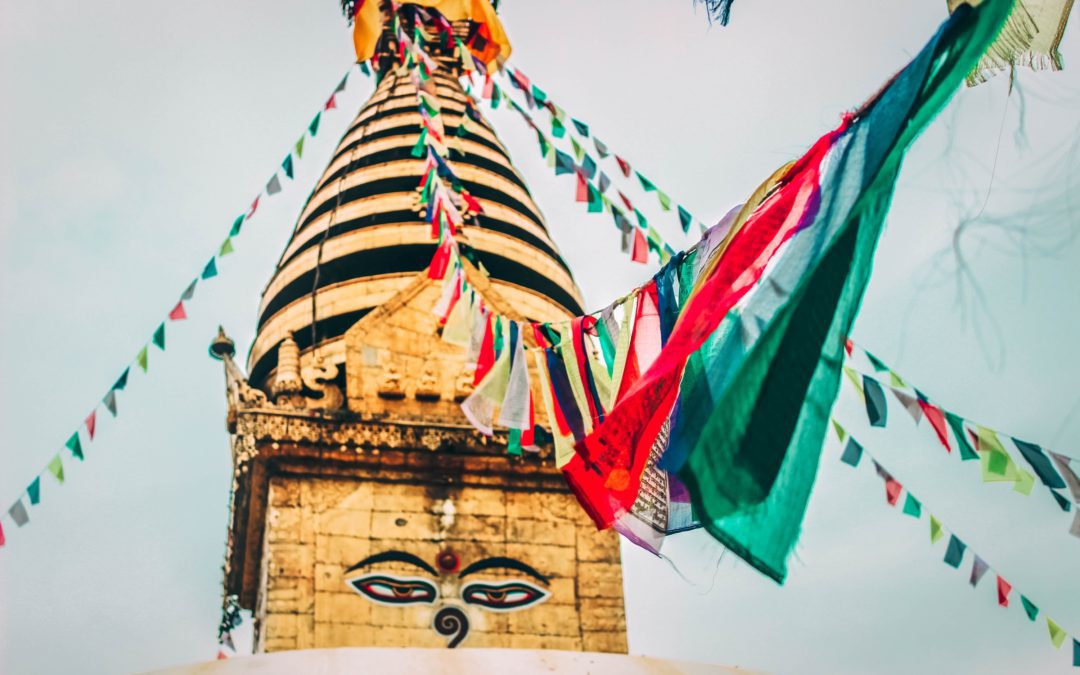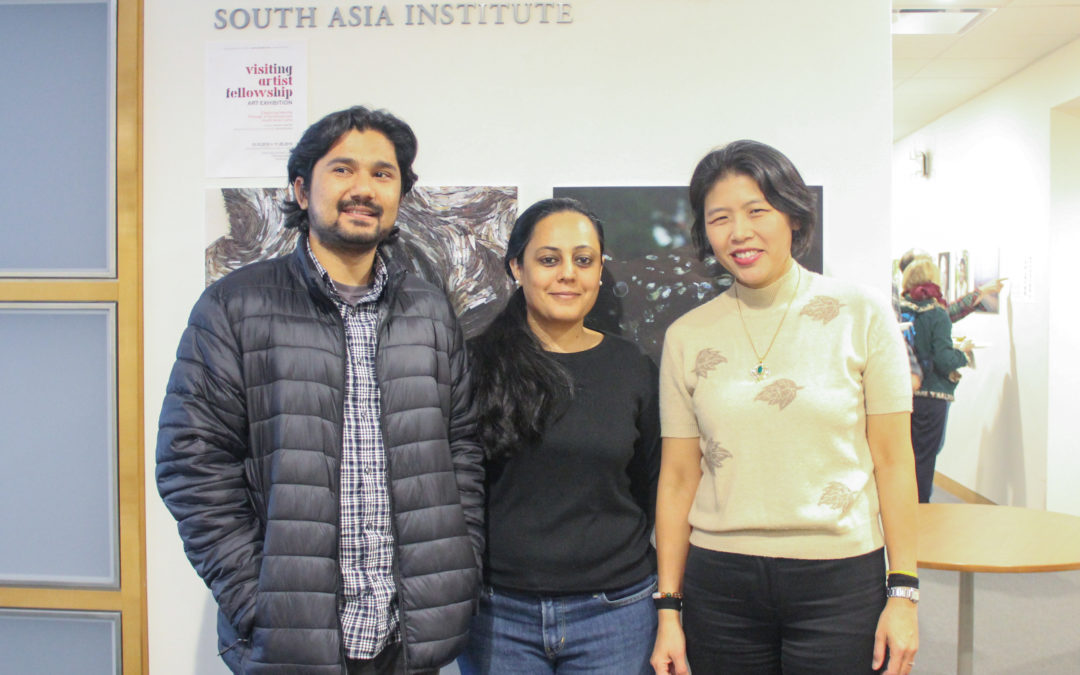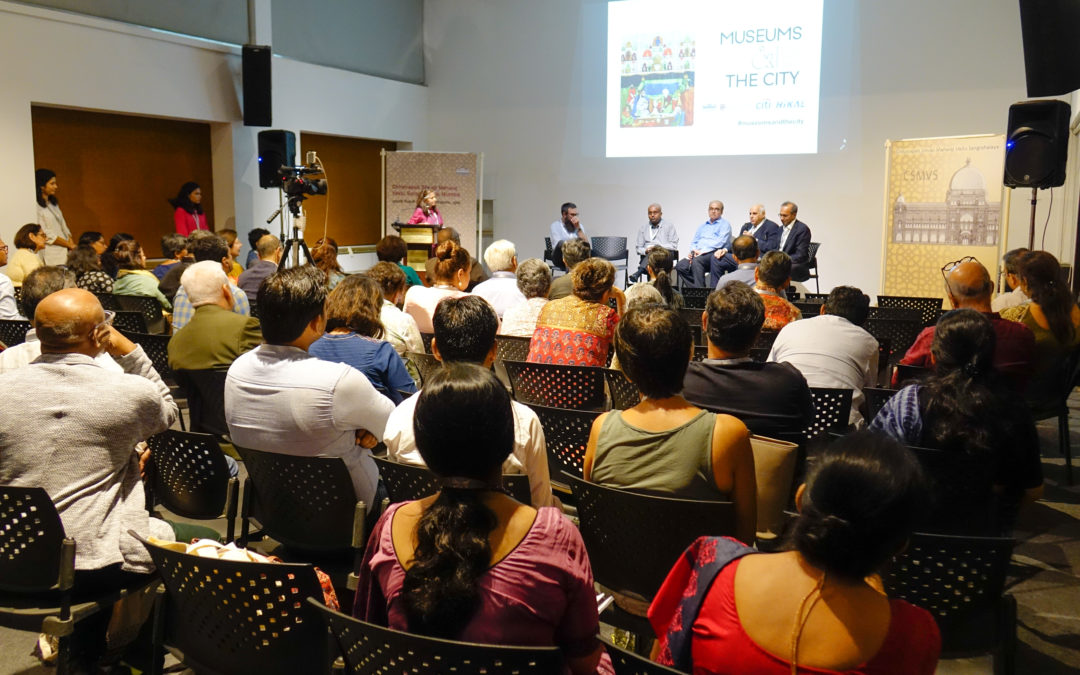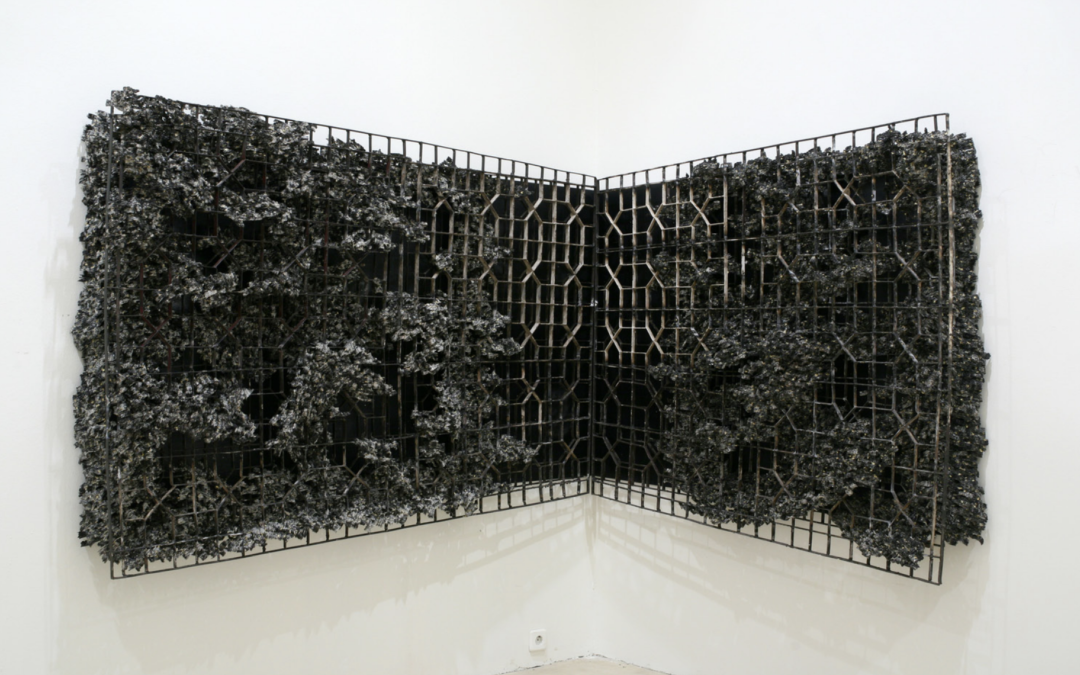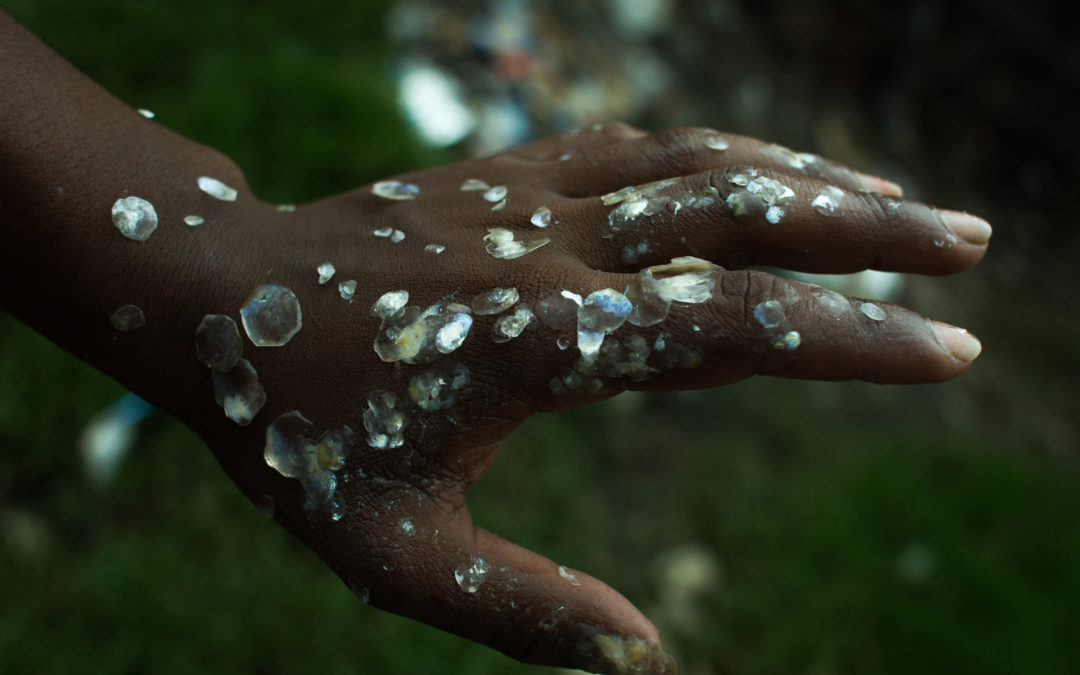Co-curated by Dr. Jinah Kim, Professor of History of Art & Architecture at Harvard University, and Dr. Todd Lewis, Distinguished Professor of Religious Studies at College of the Holy Cross, the Dharma and Punya: Buddhist Ritual Art of Nepal exhibit at the College of the Holy Cross’s Iris & B. Gerald Cantor Art Gallery highlights Nepal’s artistic heritage as a rich and enduring continuation of Indic Buddhist traditions. From December 5–7, 2019, the Nepal Mandala Symposium will bring together scholars of religion, anthropology, and art history whose work examines critically various aspects of Nepal’s culture and history, culminating in a visit to the exhibition. We sat down with Dr. Jinah Kim to learn more about Nepal’s artistic heritage, the role of ritual in Buddhism, and what to expect from the upcoming Symposium and exhibition.
